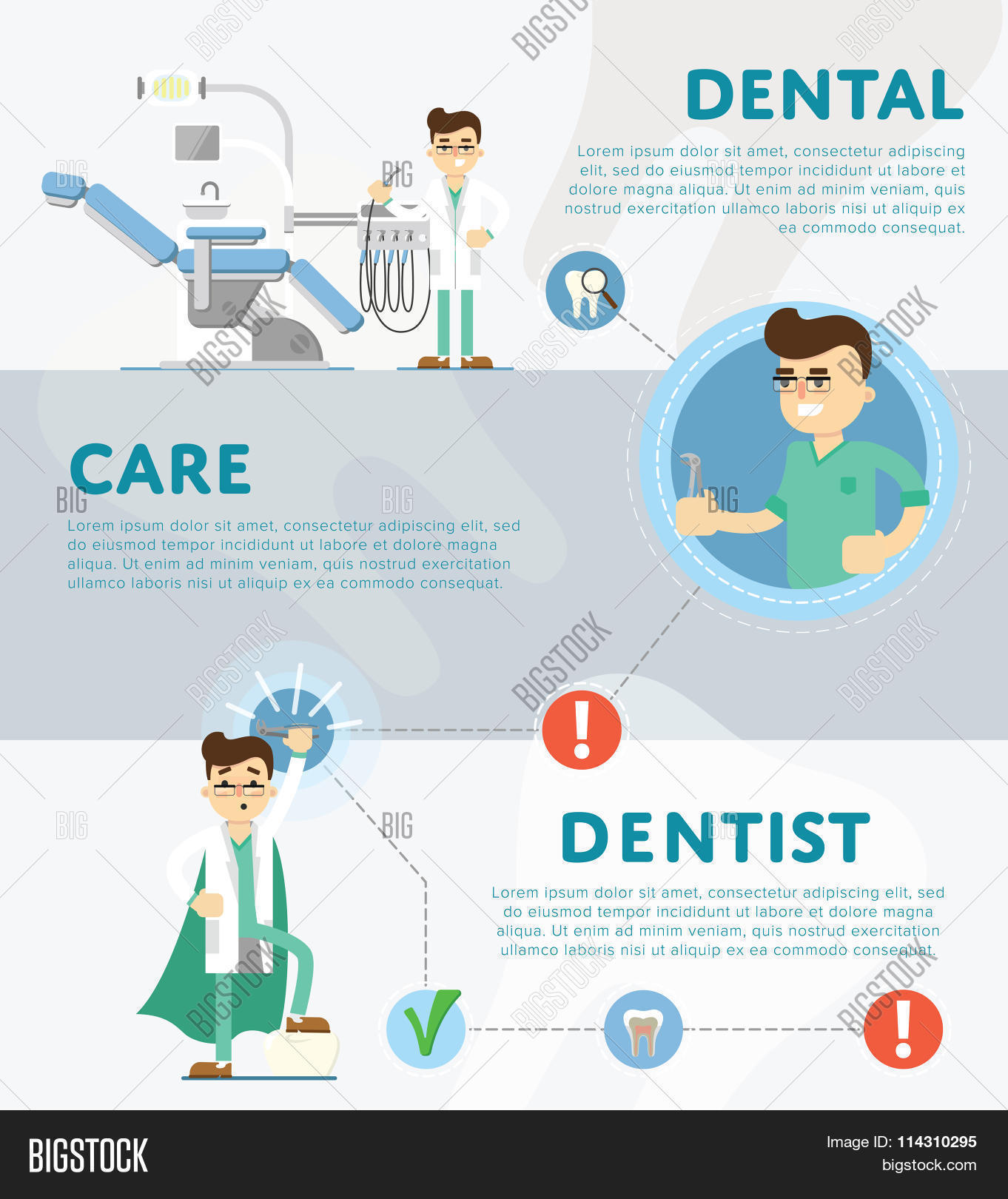Ensure You Are Gotten Ready For Unanticipated Dental Emergency Situations By Being Able To Recognize The Signs And Symptoms Of Injury And Understanding When To Look For Immediate Clinical Attention
Ensure You Are Gotten Ready For Unanticipated Dental Emergency Situations By Being Able To Recognize The Signs And Symptoms Of Injury And Understanding When To Look For Immediate Clinical Attention
Blog Article
Short Article Writer-Serrano Mccall
If you really feel an unexpected shock of discomfort or notice a tooth injury, it can be upsetting. Yet exactly how do you determine if it's an oral emergency situation that requires instant interest? Comprehending the critical indicators and understanding when to seek help can make all the distinction in preserving your dental wellness. Recognizing when to act quickly might imply the distinction in between a quick fix and a lot more considerable treatment.
Common Types of Dental Injury
What're the common types of oral trauma that you should know?
Accidents can take place, causing various sorts of oral injuries. One common type of oral injury is a broken tooth. This can take place from attacking down on something difficult or experiencing an impact to the face.
Another kind is a damaged tooth, where a part of the tooth can chip off. In dental bellevue , you may experience a knocked-out tooth, which can occur during sports or drops. It's important to manage the tooth carefully and look for instant dental interest.
Oral trauma can likewise include a tooth that has been pushed out of setting or loosened up as a result of an injury. This kind of injury calls for punctual therapy to conserve the tooth.
Finally, soft tissue injuries in the mouth, such as cuts, can also occur from mishaps. Finding out about these typical kinds of oral trauma can aid you act quickly and suitably in case of an emergency.
Indicators of Oral Emergency Situations
Acknowledging the signs of oral emergencies is crucial for prompt activity and proper therapy. If you experience extreme tooth pain that's constant and throbbing, it could show a hidden problem that requires instant focus.
Swelling in the gums, face, or jaw can also suggest an oral emergency situation, specifically if it's accompanied by pain or fever. Any type of type of trauma to the mouth leading to a split, broken, or knocked-out tooth ought to be treated as an emergency situation to prevent more damage and prospective infection.
Bleeding from the mouth that doesn't quit after using stress for a few mins is one more red flag that you must seek emergency oral care. Furthermore, if https://landenupjfy.blog4youth.com/30835936/worried-regarding-your-teenager-s-invisalign-process-discover-important-tips-for-moms-and-dads-to-browse-this-discreet-and-comfy-method-of-correcting-the-alignment-of-teeth see any kind of indicators of infection such as pus, a foul taste in your mouth, or a high temperature, it's vital to see a dentist as soon as possible.
Overlooking these indicators can lead to more serious problems, so it's important to act promptly when faced with a possible oral emergency situation.
Relevance of Immediate Treatment
Trigger action and prompt therapy are vital in addressing dental emergencies to prevent more complications and make certain ideal outcomes for your dental health.
When confronted with a dental emergency, such as a knocked-out tooth or serious toothache, looking for instant treatment can make a significant distinction in saving your tooth and alleviating pain. Postponing straight from the source can result in infection, enhanced pain, and also permanent damage to your teeth and periodontals.
By looking for emergency dental care quickly, you boost the chances of successful treatment and restoration. Dental experts have the required abilities and equipment to resolve emergencies effectively, decreasing the threat of lasting consequences.
Additionally, prompt therapy can help handle discomfort and discomfort, permitting you to resume your day-to-day tasks without distraction.
Conclusion
To conclude, understanding oral trauma and recognizing when to seek first aid is essential for maintaining oral health.
By identifying usual types of oral injuries and the indications of dental emergencies, you can guarantee prompt care to protect against more damage and difficulties.
Remember, looking for prompt therapy can save teeth, decrease discomfort, and raise the opportunities of effective recovery.
Don't wait to seek aid from a dental expert if you experience any kind of indications of dental trauma.
